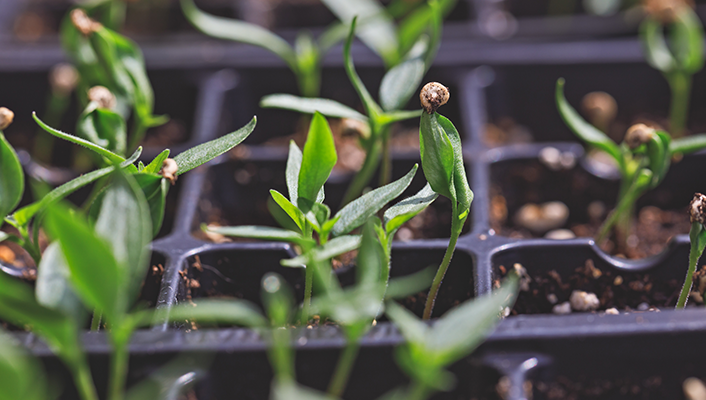
If you’re thinking of starting a garden, congratulations! Gardening is a fun and rewarding hobby that can be enjoyed by people of all ages and skill levels. Whether you’re looking to grow your own food, start a flower garden, or just add some greenery to your home, there are a few things you should keep in mind to ensure success. In this blog post, we’ll share some tips for starting a garden that will help you get off to a great start.
1. Choose the right location.
One of the most important factors in successful gardening is choosing the right location for your garden. Make sure to select a spot that gets plenty of sunlight and has well-drained soil. If you’re growing vegetables, fruits, or herbs, you’ll also want to make sure the location is close to a water source.
2. Start small.
Don’t try to bite off more than you can chew by starting with a huge garden. It’s better to start small and expand as you get more experience. Not only will this be less overwhelming, but it will also allow you to focus on perfecting your gardening technique before moving on to a larger scale.
3. Get the right tools and supplies.
Before you start planting, make sure you have all the supplies and tools you need. This includes things like gloves, trowels, hoes, rakes, shovels, and watering cans. You may also want to purchase some mulch or compost to improve the quality of your soil. Once you have everything you need, it’s time to get started!
4. Choose the right plants.
When selecting plants for your garden, it’s important to choose varieties that are well-suited for your climate and soil type. You’ll also want to consider how much sun or shade each plant needs and whether it’s an annual or perennial. Once you’ve narrowed down your choices, it’s time to head to the nursery or seed catalogs and make your purchases.
5. Plant at the right time.
Timing is everything when it comes to planting your garden. Make sure to check the planting calendar for your area so you know when it’s time to sow seeds or transplant seedlings outdoors. Generally speaking, most vegetables should be planted in early spring while flowers can be planted anytime from spring through fall.
6. Don’t forget about maintenance.
Once your plants are in the ground, it’s important to keep up with regular maintenance tasks like watering, weeding, and fertilizing in order to ensure a healthy harvest come harvest time. These tasks may seem tedious at first, but they’ll become second nature after awhile – and trust us, they’re worth it!